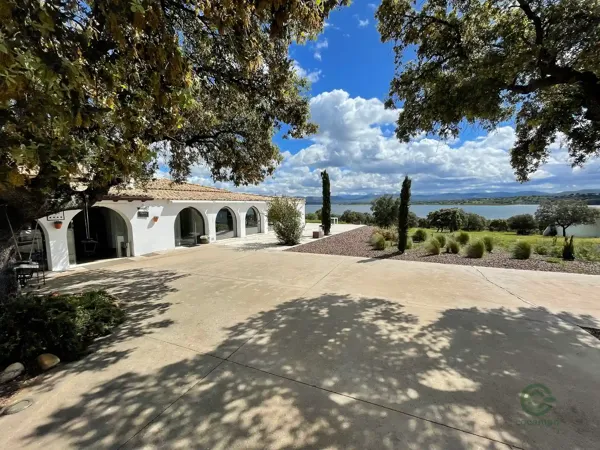Rural properties for sale in Caceres
Learn about interesting ranges of rural properties in Caceres, tailored for bringing your ideas to life. Available in prime locations, these opportunities allow you versatility to start from scratch. To complete the offer, the rates are market-conscious, emphasizing an outstanding offer.
1.164.541 EUR
Average price
195 ha
Average area
5973 EUR/ha
Average price per ha
Featured listings in
The best properties selected for you.
325 results in sale in
We can help you find what you're looking for
Tell us what you're looking for, and we will work to find something that fits your needs.
Call us at (+34) 623 380 922 or email us at info@cocampo.com
Select map
Select layers by type
Inspect plots
Have any questions?
Where can I buy a country house in Cáceres?
On the Cocampo website you can buy country houses in Cáceres. Using the province search engine, you can purchase a country house in Sierra de Gata, among other places in Cáceres.
Where can I find the sale of farms and rustic houses in Cáceres?
You can find rustic farms in Cáceres and rustic houses in Cáceres in Cocampo. To buy a rustic property in Cáceres, you only have to filter by the province of Cáceres and choose between the options.
Where can I find the sale of recreational properties in Cáceres?
You can find recreational farms for sale in Cáceres by searching by province and filtering by the “Recreation” category.
How many hectares are there of irrigated farms in Cáceres?
According to data from the Ministry of Agriculture, there are about 81 thousand hectares of irrigated farms in Cáceres.
What are the intensive hunting reserves in Cáceres?
Intensive hunting reserves in Cáceres are divided into two types: private open and intensive small game reserves (almost 15,000 hectares) and private closed and intensive small game reserves (more than 3,000 hectares). ).
How many small game preserves are there in Cáceres?
There are a total of 687 small game reserves in Cáceres.
Where can I buy a country house in Cáceres?
On the Cocampo website you can buy country houses in Cáceres. Using the province search engine, you can purchase a country house in Sierra de Gata, among other places in Cáceres.
Where can I find the sale of farms and rustic houses in Cáceres?
You can find rustic farms in Cáceres and rustic houses in Cáceres in Cocampo. To buy a rustic property in Cáceres, you only have to filter by the province of Cáceres and choose between the options.
Where can I find the sale of recreational properties in Cáceres?
You can find recreational farms for sale in Cáceres by searching by province and filtering by the “Recreation” category.
How many hectares are there of irrigated farms in Cáceres?
According to data from the Ministry of Agriculture, there are about 81 thousand hectares of irrigated farms in Cáceres.
What are the intensive hunting reserves in Cáceres?
Intensive hunting reserves in Cáceres are divided into two types: private open and intensive small game reserves (almost 15,000 hectares) and private closed and intensive small game reserves (more than 3,000 hectares). ).
How many small game preserves are there in Cáceres?
There are a total of 687 small game reserves in Cáceres.





























